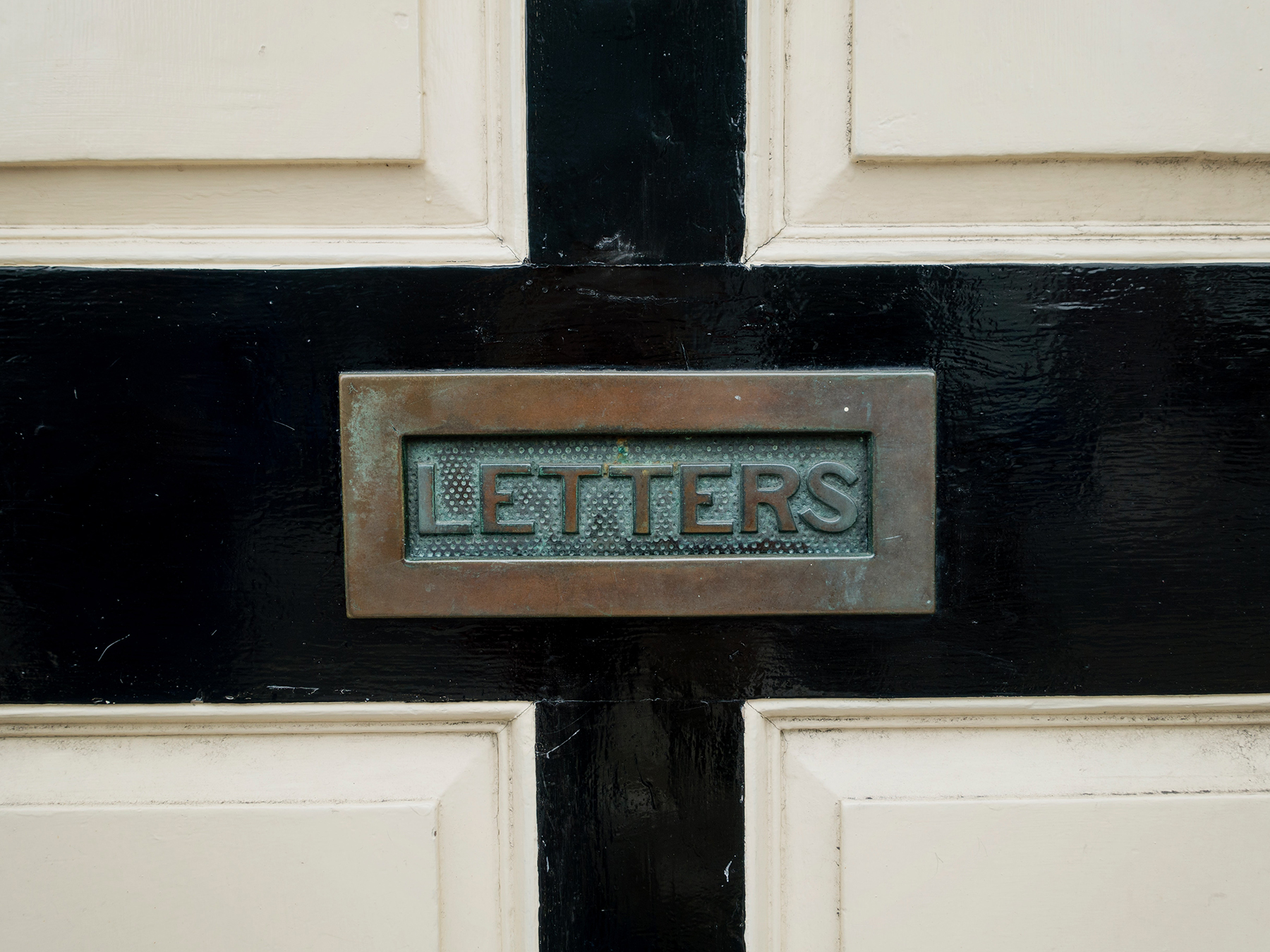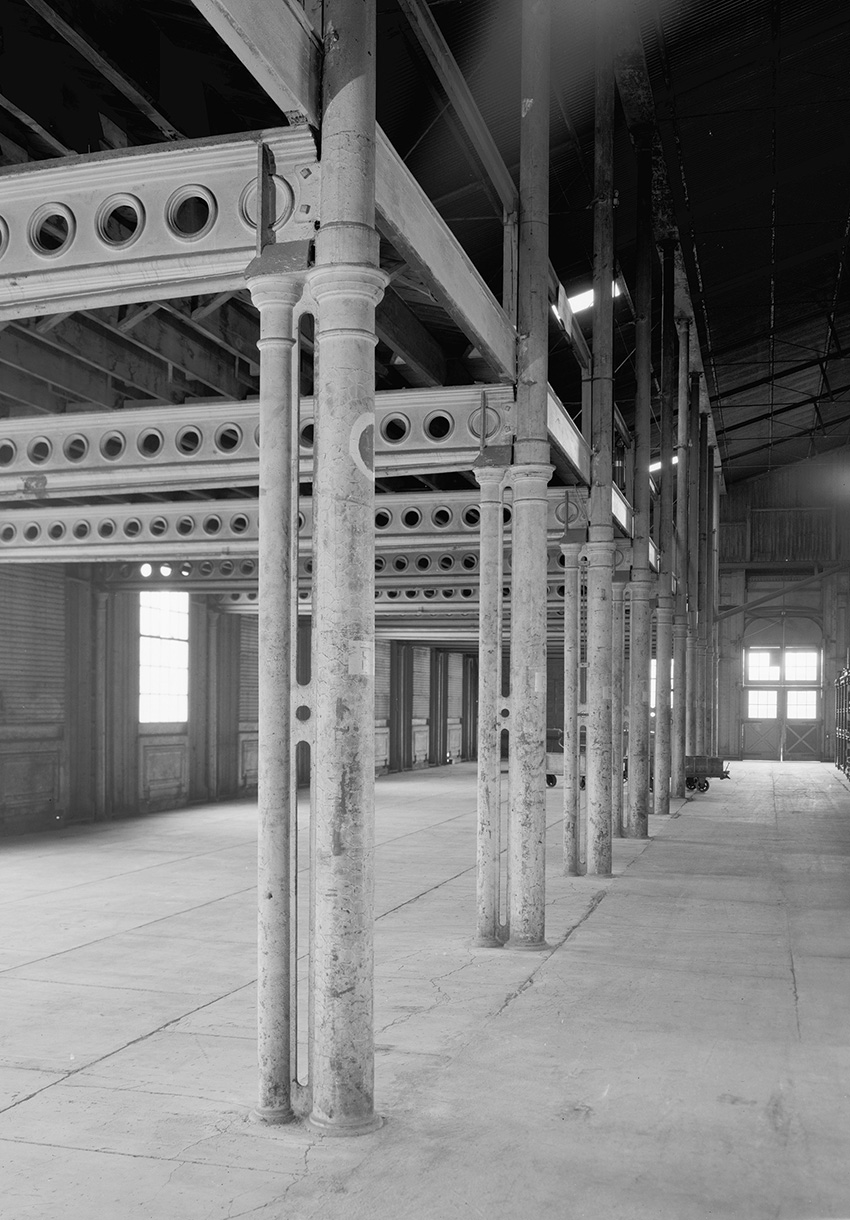
The Watervliet Arsenal’s Innovative Girders

As a licensed structural engineer with more than 45 years of experience with renovation and adaptive reuse projects involving historic and older buildings, I was glad to see an article in Civil Engineering (“Cast-Iron Colossus: The Watervliet Arsenal,” May/June 2022, pages 32-35) that was about a historic structure that I was familiar with.
However, I was extremely disappointed that there was no mention of the innovative composite, perforated cast and wrought iron girders (see photo) used in the same arsenal storehouse building that the article referenced. These members, which included cast iron in the tops of the members and wrought iron in the bottoms as an approach to using the materials in places where they were best suited for resisting compression and tensile forces, respectively, are an example of how designers/builders at the time experimented with the use of the newly available construction materials.
D. Matthew Stuart, P.E., S.E., PEng, ANAFE, F.SEI, F.ASCE, Philadelphia
This letter first appeared in the November/December 2022 issue of Civil Engineering.
Letters to the editor are welcome. The opinions and positions stated are those of the authors and not by the fact of publication necessarily those of the American Society of Civil Engineers or Civil Engineering.


